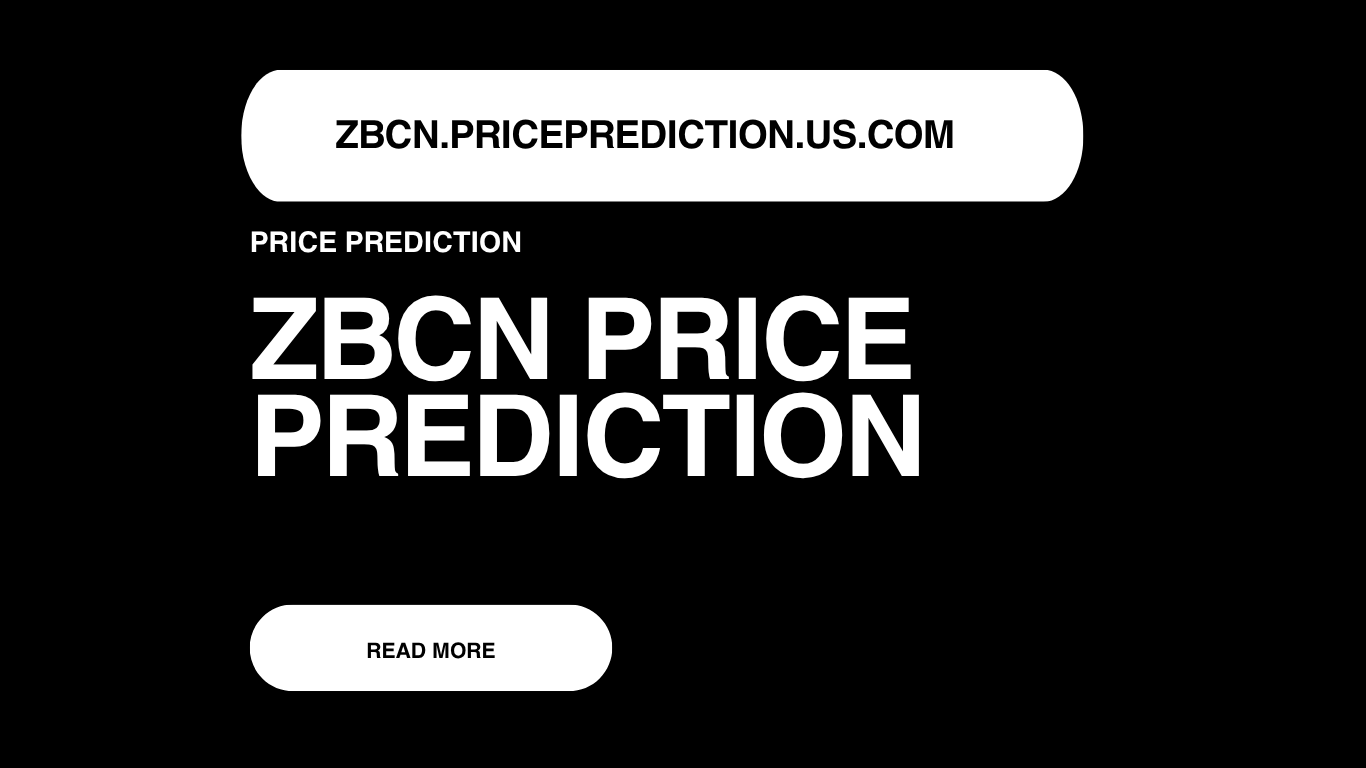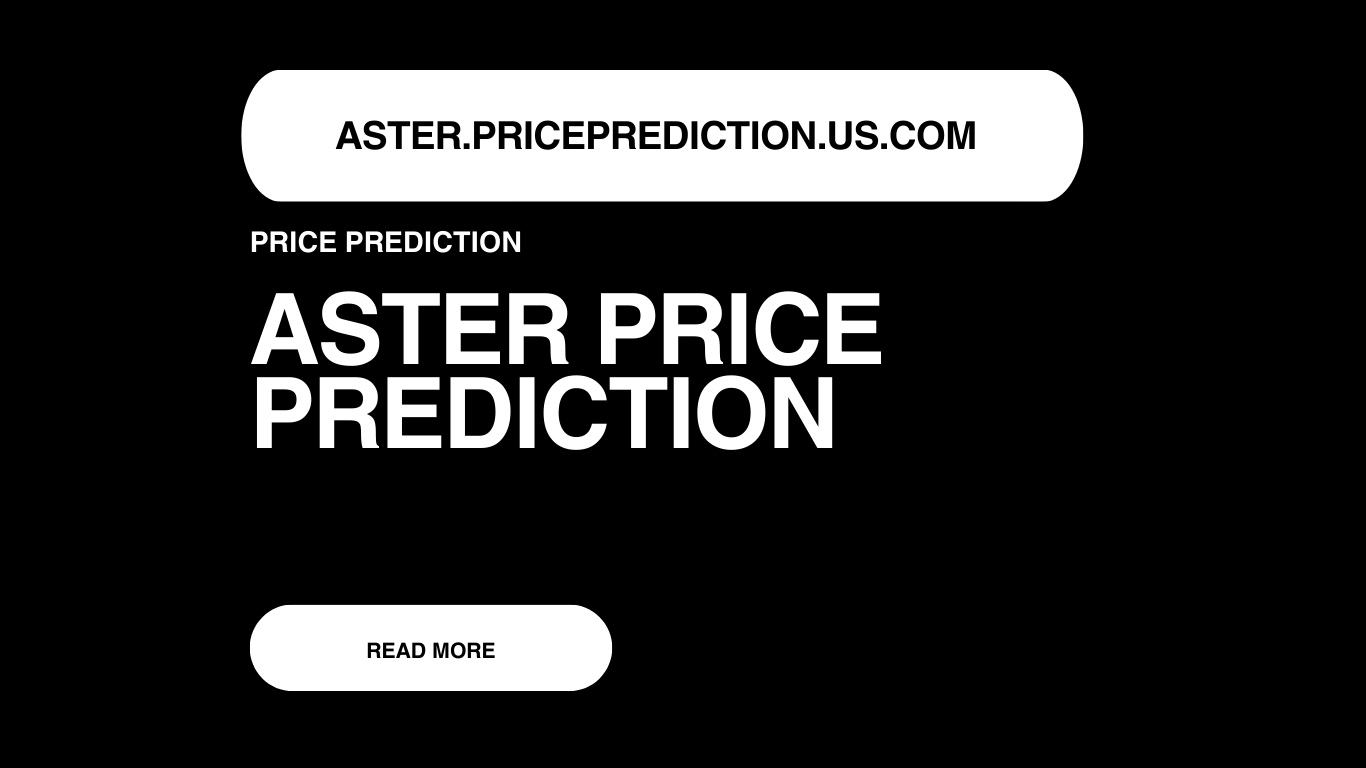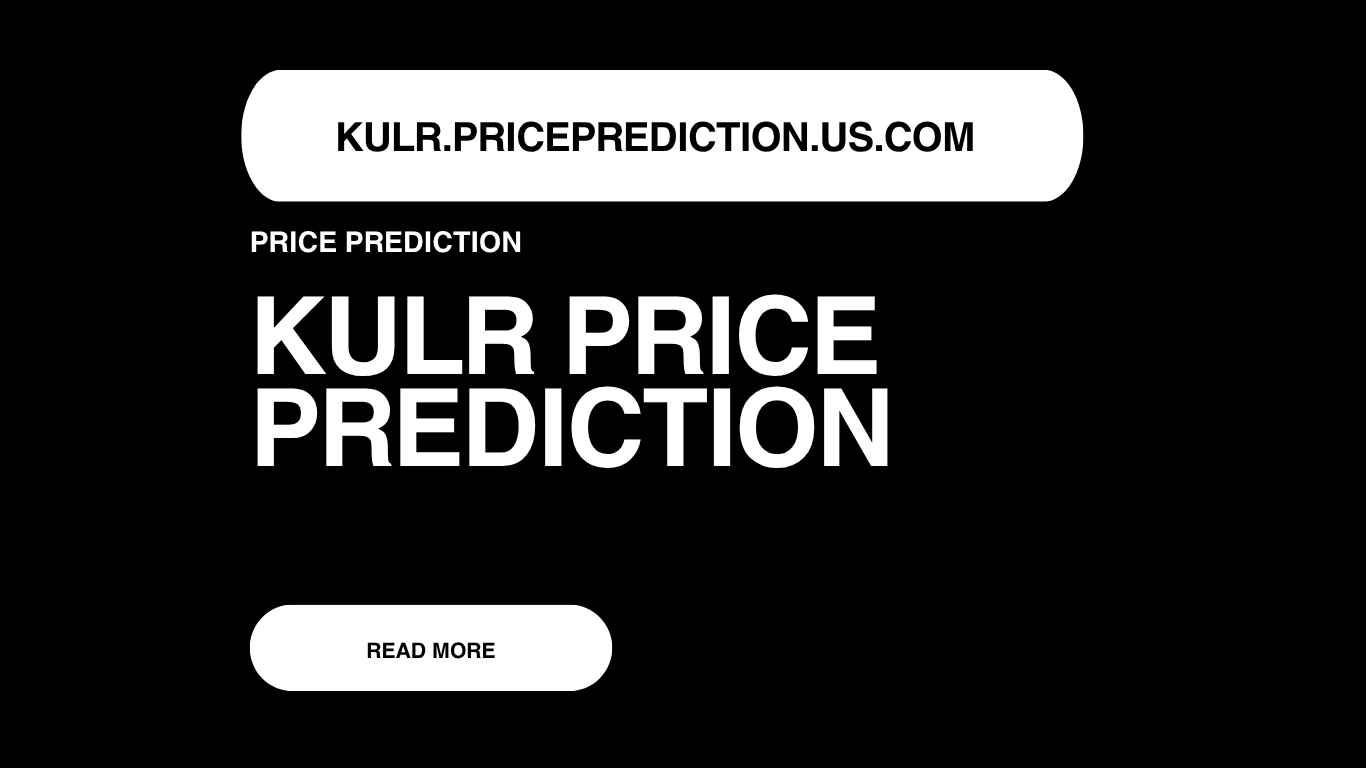Current Price
USD1 is currently trading at $1.00, holding its value through on-chain mechanisms that are designed to maintain price stability and prevent depegging under market pressure.
Explore USD1 price prediction from 2025 to 2040. Learn about its stability, utility in DeFi, tokenomics, technical strength, and the long-term roadmap of this emerging decentralized stablecoin.

USD1 is a decentralized stablecoin developed to offer a reliable digital dollar experience without depending on centralized financial institutions. Designed with algorithmic and collateral-backed mechanisms, USD1 aims to provide a censorship-resistant, programmable, and transparent dollar alternative for the DeFi ecosystem.
In a market dominated by USDT and USDC, USD1 emerges as a bold contender offering full decentralization, strong peg mechanisms, and expanding integration with blockchain platforms.
This article dives deep into the USD1 Price Prediction for 2025 to 2040, including technical analysis, future trends, tokenomics, and the coin's roadmap.
USD1 is currently trading at $1.00, holding its value through on-chain mechanisms that are designed to maintain price stability and prevent depegging under market pressure.
As a stablecoin, USD1 doesn’t experience the price swings of other cryptocurrencies. However, its technical performance is measured by metrics such as:
So far, USD1 has demonstrated strong resilience, maintaining its peg across different DeFi platforms, including DEXs and lending protocols. Its liquidity depth is growing steadily, improving transactional confidence.
By 2025, USD1 is expected to continue trading at $1.00, serving as a decentralized foundation for DeFi transactions and synthetic assets. With broader acceptance, its ecosystem integration could grow significantly.
In 2026, USD1 could see deeper DeFi penetration, especially in cross-chain platforms. The price is likely to stay at $1.00, provided that collateral ratios and risk management systems remain solid.
As decentralized financial products evolve, USD1 might play a central role in smart contract settlements and DAOs. Its peg is projected to remain stable at $1.00.
USD1 may become a preferred dollar-denominated asset in Layer-2 ecosystems by 2028. Its stability at $1.00 should persist, with protocol upgrades enhancing peg reliability.
By 2029, adoption in global payment systems and fintech platforms could elevate USD1’s usage. However, the price is expected to remain at $1.00 as the primary focus is on maintaining dollar parity.
USD1 might serve as a programmable dollar for decentralized governance and finance systems by 2030. Assuming all mechanisms function as intended, its value should stay at $1.00.
In 2035, if USD1 proves its longevity and reliability, it could become a global decentralized stablecoin standard. Its peg to $1.00 is expected to remain strong.
By 2040, USD1 could be used in real-world applications like retail payments, digital identity systems, and tokenized payrolls. Its design suggests the price will still hold steady at $1.00.
USD1 is a decentralized, collateralized stablecoin created to function as a censorship-resistant and transparent alternative to traditional stablecoins. It is powered by smart contracts that regulate issuance and redemptions while maintaining a strict peg to the US Dollar.
Unlike centralized options, USD1 avoids custodial risks and promotes financial inclusivity by operating entirely on-chain.
What is USD1 used for?
USD1 is used in DeFi trading, lending, payments, and as a stable unit of account in decentralized applications.
Is USD1 a stablecoin?
Yes, USD1 is a decentralized stablecoin designed to maintain a $1.00 value.
Can USD1 lose its peg?
Like all stablecoins, it's possible, but its design includes mechanisms like overcollateralization and smart contract stabilization to reduce that risk.
How is USD1 different from USDT or USDC?
USD1 operates without centralized reserves or custodians. It relies on decentralized collateral and smart contract mechanisms for stability.
Bullish Indicators:
Bearish Risks:
The future of USD1 lies in its alignment with the decentralized finance ethos. As regulatory pressure increases on centralized stablecoins, decentralized alternatives like USD1 could gain traction.
Its integration with DAO treasuries, blockchain payroll systems, and on-chain savings accounts could drive long-term usage. Additionally, USD1 may play a crucial role in tokenized economies, where transparent and programmable currency is essential.
Provide clear contact information, including phone number, email, and address.

Explore ZBCN price prediction from 2026 to 2040. Get insights into technical analysis, future trends, tokenomics, roadmap, and long-term value forecast for the ZBCN token.

ASTER price prediction explained in simple words for beginners. A clear year-by-year outlook from 2026 to 2040 for the ASTER coin.

Discover KULR stock price prediction from 2025 to 2040. Explore forecasts, technical analysis, roadmap, and future trends driving growth in battery safety and thermal management.